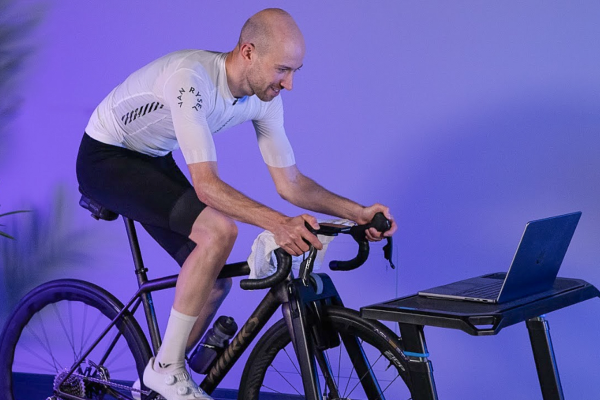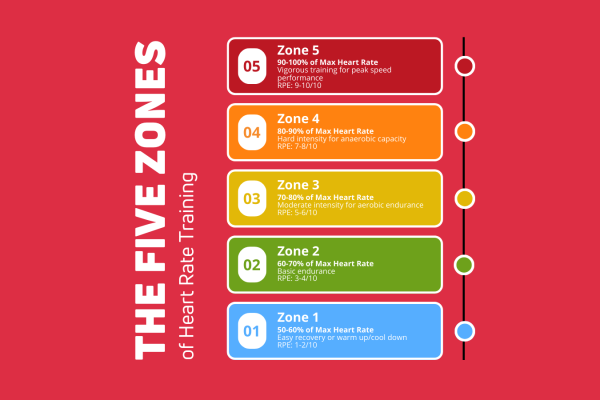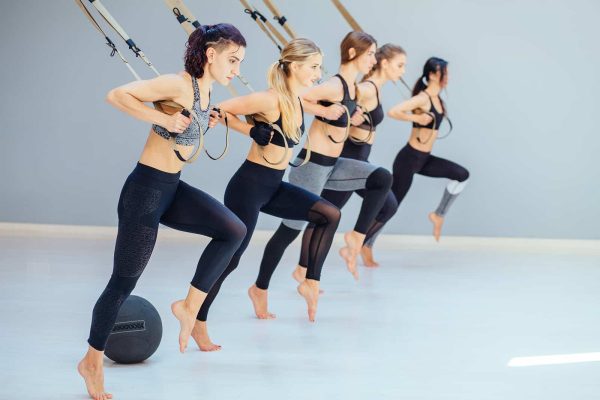
Heat Adaptation Training, Unlocking Endurance Gains Through Controlled Heat Exposure
Athletes across endurance sports are increasingly adopting heat adaptation training, a technique that intentionally exposes them to elevated temperatures—either via sauna, heated rooms, or simulated conditions. First-hand accounts from cyclists, runners, and triathletes reveal more efficient sweating responses, improved cardiovascular stability, and lower perceived exertion during hot-weather competitions. These real-world experiences form the Experience layer…










